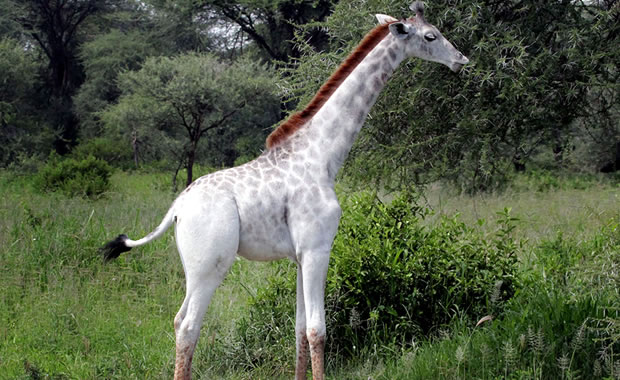
Vaquita
|
Creature Profile
The vaquita is a porpoise found only in the northern area of the Gulf of California. Porpoises are small cetaceans closely related to whales and dolphins, similar in appearance to dolphins but smaller and stouter. And while dolphins have round, bulbous "melons," porpoises do not. The vaquita is the smallest porpoise species, and it is said to be the most endangered of all marine mammals. It has a small, rounded head and blunt jaws instead of a beak. The teeth are flattened and spade-shaped unlike the conical-shaped teeth of dolphins. Adults grow up to 4.92 feet in length and weigh from 50 to 110 lbs. They have large black eye rings and patches around the lips. The upper side of the body is medium to dark gray, and the underside is off-white to light gray.
Vaquitas are very rarely seen and prefer shallow, murky lagoons along the shoreline for their habitat. They may be less social than dolphins since they have only been observed alone or in small groups. Like dolphins, vaquitas uses
"echolocation" for communicating with other vaquitas and navigating through the water. This process involves emitting sound waves that bounce off objects in the water revealing their size and distance. Vaquitas feed on teleost (types of fishes with bony skeletons) and squid found near the water surface. Mating occurs from mid-April to May, and females give birth one calf after a gestation period of 10 1/2 months. Young vaquitas can be identified by their white-spotted dorsal fins.
There may be less than 600 vaquitas left in the wild. This species has a very limited range, and much of its habitat has been drastically altered by damming of the Colorado River. Also, 40 to 50 vaquitas are killed each year due to accidental capture in fishing nets. Vaquitas have never been hunted directly, but since they coexist with heavily hunted fish such as sharks and
totoabas, they often become entangled in nets and drown. The vaquita is now protected by law, and other conservation plans include the research and elimination of capture in fishing gear.
Wikipedia Article

|
Wikipedia Article Copyright Notice: This article is licensed under the GNU Free Documentation License. It uses material from the Wikipedia article "Vaquita". |
More Links about the Vaquita:
Reference Links:Vaquita - WWF
Conservation Links:
Vaquita Marina
May 11, 2017
Glenn, C. R. 2006. "Earth's Endangered Creatures - Vaquita Facts" (Online). Accessed 4/20/2024 at http://earthsendangered.com/profile.asp?sp=76&ID=9.
Need more Vaquita facts?



